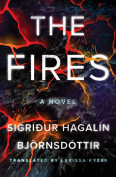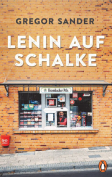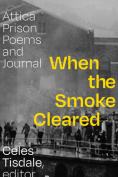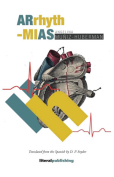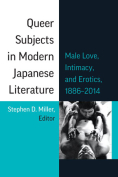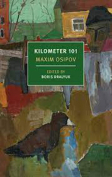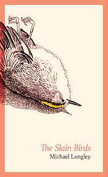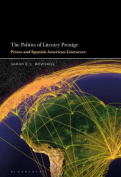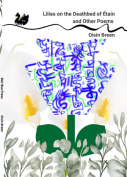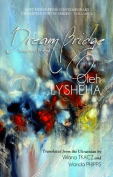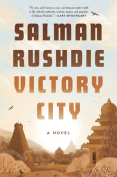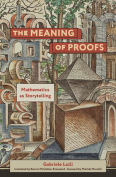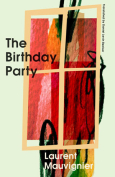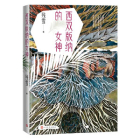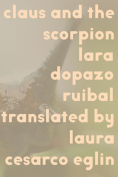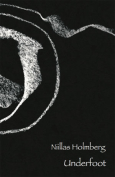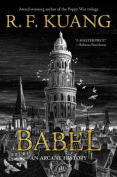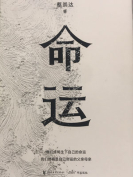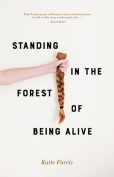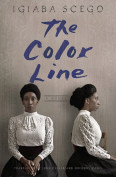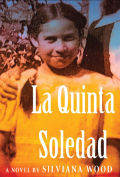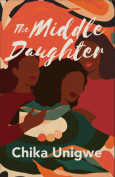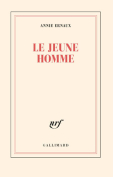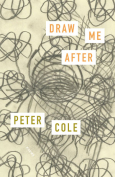Queer Subjects in Modern Japanese Literature: Male Love, Intimacy, and Erotics, 1886–2014
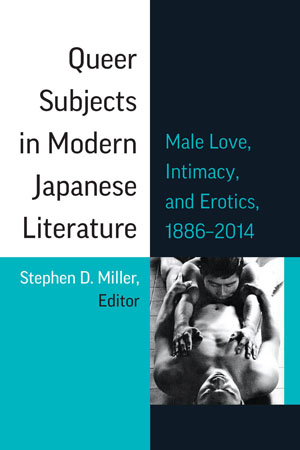 Ann Arbor. University of Michigan Press. 2022. 474 pages.
Ann Arbor. University of Michigan Press. 2022. 474 pages.
Stephen D. Miller has assembled an engaging collection of fourteen short stories, numerous poems in varied forms, and two essays spanning the better part of the modern and contemporary eras (1868–present) that explore and extend our understanding of an important dimension of Japanese literature. The works are arranged in a very rough chronological order and split pretty evenly between pre- and post–World War II material. Miller has gathered a broad range of translators, many of whom are noted in this field, which gives the anthology a wonderfully eclectic feel. This helps ensure that the many authors—not all of whom are male, it should be noted—represented in this collection have palpably different voices in English, a polyphony that is one of the many pleasures of this wide-ranging work.
Although it is not essential to do so, readers would be well served to read Miller’s informative introduction prior to delving into the meat of this anthology. First, it explores the limitations and advantages of the contested term “queer” used in the title. The term certainly refers to “topics and people, characterized by peculiarity, eccentricity, uncanniness, nonconformity, subversiveness” but also to “a pleasing and even necessary variation upon pattern.” Miller seeks to encompass and enfranchise this diversity while also suggesting the difficulty inherent in providing a simplistic categorization for the works included here.
Second, the introduction provides a cogent historical summary of male-male love in Japanese literature from the ninth century until the modern day, framing that undergirds the translations. This basic contextualization is supplemented by the short biography and introduction found at the beginning of each chapter, which provide context for the text to follow. In and of themselves, these briefs make for engaging reading, providing a variegated bird’s-eye view of the authors and literature in Queer Subjects.
It is impossible, in this limited space, to comment on each of the pieces comprising this robust sampling of male intimacy, which is a shame as many deserve a moment in the spotlight. Suffice it to say that the variation ensures that there will be something for everyone, but I will mention two in particular. “Is This Love” (1909), by Yi Kwangsu, is notable for its intersection with Japan’s colonial aspirations and the “heterolingual writing” it spawned. “Worse for Love” (1960), written by Mishima Yukio under the pseudonym Sakakiyama Tamotsu, is a harrowing literary dry run for “Patriotism” written later that year.
Whether you are looking for literature to accompany a morning cup of coffee, an academic seeking a text for a course on sexuality, or desire an introduction to modern Japanese literature that eschews most of the “canonical” authors, Queer Subjects should be on your shortlist of possibilities.
Erik R. Lofgren
Bucknell University
